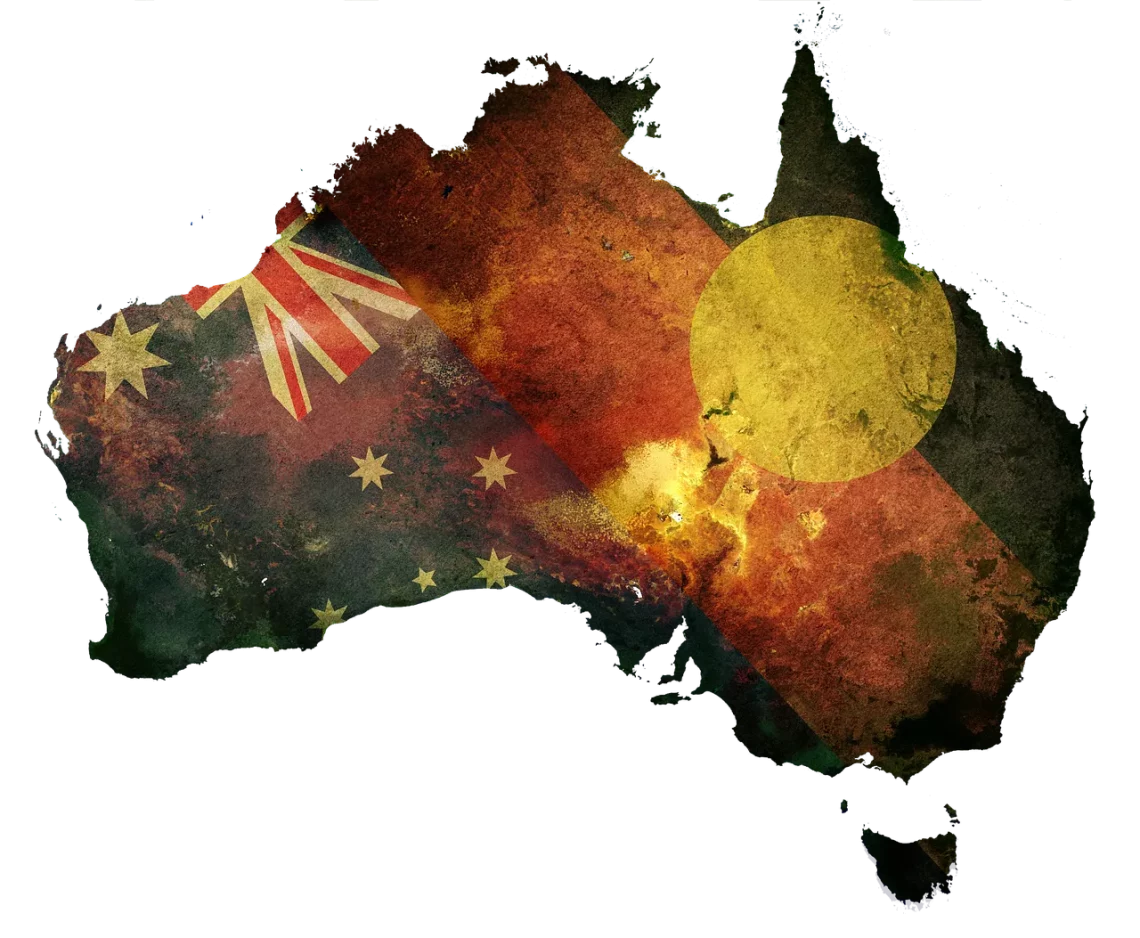
Is La Roche-Posay Cruelty-Free? Exploring Their Ethical Practices
In recent years, the beauty and skincare industry has seen a significant shift towards ethical practices, with consumers becoming increasingly aware of the impact their purchases have on animals and the environment. The term “cruelty-free” has gained immense importance, as it reflects a brand’s commitment to not testing their products on animals. This growing consciousness has led to a demand for transparency and ethical responsibility among cosmetic companies. As consumers seek out brands that align with their values, it’s essential to understand what being cruelty-free truly means and how it affects both consumers and the industry.
La Roche-Posay, a well-known French skincare brand, is often mentioned in discussions about ethical practices. Founded in the 1970s, it has gained a reputation for its dermatological expertise and commitment to sensitive skin. However, many consumers are left wondering about the brand’s stance on animal testing and whether it meets the cruelty-free criteria. The exploration of La Roche-Posay’s ethical practices not only sheds light on their commitment to animal welfare but also serves as a case study for the broader beauty industry. Understanding these practices can help consumers make informed decisions that reflect their values while navigating the vast array of products available on the market.
Understanding Cruelty-Free Standards
To assess whether La Roche-Posay can be classified as cruelty-free, it’s vital to understand the standards and definitions that define this term. Cruelty-free refers to products that have not been tested on animals at any stage of their development. This includes not only the final products but also individual ingredients. Various organizations and certifications exist to validate cruelty-free claims, each with its own criteria.
One of the most recognized certifications comes from organizations like Leaping Bunny and PETA, which evaluate brands based on their testing policies and practices. Brands that are certified cruelty-free must provide detailed evidence of their commitment to avoiding animal testing. This includes not only the manufacturing processes but also ensuring that suppliers adhere to the same standards.
Moreover, it’s crucial to consider regional regulations. For instance, certain countries, such as China, have strict animal testing laws for cosmetics sold within their borders, which can complicate a brand’s cruelty-free status. Brands that sell in these regions might be required to test on animals to meet local laws, raising ethical concerns among consumers who prioritize cruelty-free products.
As consumers become more educated about these standards, they are increasingly demanding accountability from brands. This has led to a significant shift in how companies approach animal testing, with many opting to seek alternatives and adopt cruelty-free practices. Understanding these nuances helps consumers better navigate their choices and support brands that align with their ethical beliefs.
La Roche-Posay’s Position on Animal Testing
La Roche-Posay has made a noteworthy commitment to ethical practices in the beauty industry. The brand states that it does not test its products on animals and is dedicated to respecting animal welfare. However, understanding the full scope of their practices requires delving deeper into their policies and the regulations they follow.
The brand operates under the umbrella of L’Oréal, a multinational cosmetics company that has been actively working towards phasing out animal testing across all its brands. L’Oréal has invested in alternative testing methods, such as in vitro testing, which evaluates the safety and efficacy of products without involving animals. This commitment to innovation demonstrates a proactive approach towards ensuring that products are safe for consumers without compromising animal welfare.
Despite these positive strides, La Roche-Posay’s distribution in countries with mandatory animal testing, such as China, raises questions about its cruelty-free status. While the brand itself may not engage in animal testing, the legal requirements in certain regions can create a conflict for brands that wish to maintain a global presence. This complexity highlights the importance of transparency and consumer awareness when evaluating cruelty-free claims.
Consumers interested in ethical skincare should consider not only the brand’s stated policies but also the broader context of its operations. While La Roche-Posay promotes its commitment to animal welfare, ongoing scrutiny from consumers and advocacy groups will be crucial in holding the brand accountable to its promises.
Consumer Demand for Ethical Practices
The rising demand for cruelty-free and ethically produced products has reshaped the beauty industry landscape significantly. Consumers are becoming more discerning about their choices and are actively seeking brands that reflect their values, particularly when it comes to animal welfare. This shift has prompted many companies, including La Roche-Posay, to reevaluate their practices and make meaningful changes to align with consumer expectations.
Social media plays an instrumental role in this movement, as consumers share their experiences and advocate for ethical standards. Platforms like Instagram and Twitter serve as powerful tools for raising awareness about animal testing and promoting brands that prioritize cruelty-free practices. This online activism fosters a community of conscious consumers who are dedicated to making informed choices.
Furthermore, the impact of this consumer movement extends beyond individual brands. It has encouraged industry-wide changes, with many companies committing to eliminating animal testing altogether. As a result, alternative testing methods are being developed and adopted, paving the way for a more ethical beauty industry. This shift not only benefits animals but also enhances consumer trust and loyalty.
Brands that fail to adapt to this changing landscape risk losing relevance in a market that increasingly values ethical considerations. Consequently, La Roche-Posay and others in the industry must continue to evolve and respond to consumer demands for transparency and accountability. By doing so, they can cultivate a loyal customer base that prioritizes ethical consumption.
The Future of Ethical Beauty
The future of ethical beauty looks promising as the conversation around cruelty-free practices gains momentum. With increasing awareness and activism, brands are being pushed to adopt more humane practices, and consumers are more empowered than ever to make informed choices about the products they use.
As technology advances, alternative testing methods will continue to improve, minimizing reliance on animal testing. Innovations such as computer modeling and skin-simulating technologies are paving the way for more accurate and humane assessments of product safety. These advancements not only align with ethical standards but also enhance the efficiency of product development.
Furthermore, regulatory changes are anticipated as governments around the world respond to public pressure to ban animal testing in cosmetics. Countries are beginning to reevaluate their policies, and there is hope that a more unified global stance on animal testing will emerge. This shift could lead to a more consistent standard for cruelty-free products, making it easier for consumers to navigate their choices.
Additionally, consumer education remains crucial in this evolving landscape. As more people seek to understand the implications of their purchases, brands must provide clear and transparent information about their practices. This not only fosters trust but also encourages consumers to advocate for ethical practices within the industry.
In conclusion, the journey towards a cruelty-free beauty industry is ongoing, but the momentum is undeniable. As brands like La Roche-Posay navigate the complexities of animal testing and consumer expectations, their commitment to ethical practices will play a significant role in shaping the future of beauty. By prioritizing transparency, innovation, and consumer engagement, the industry can move towards a more humane and responsible approach to beauty.
**Disclaimer: This article is for informational purposes only and does not constitute medical advice. Always consult a healthcare professional for medical concerns or conditions.**




